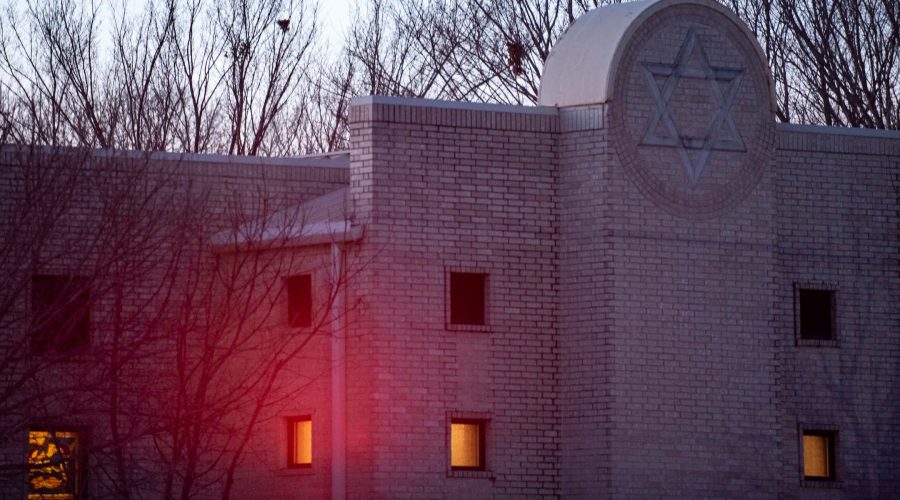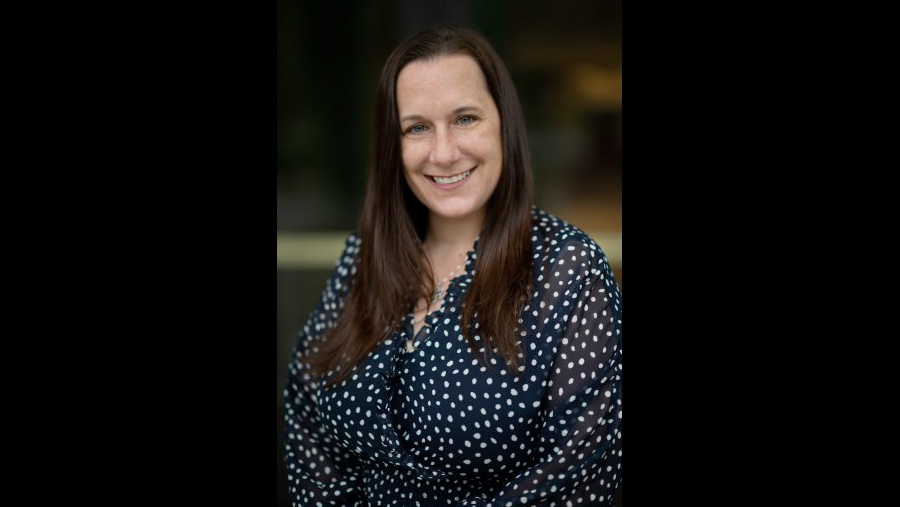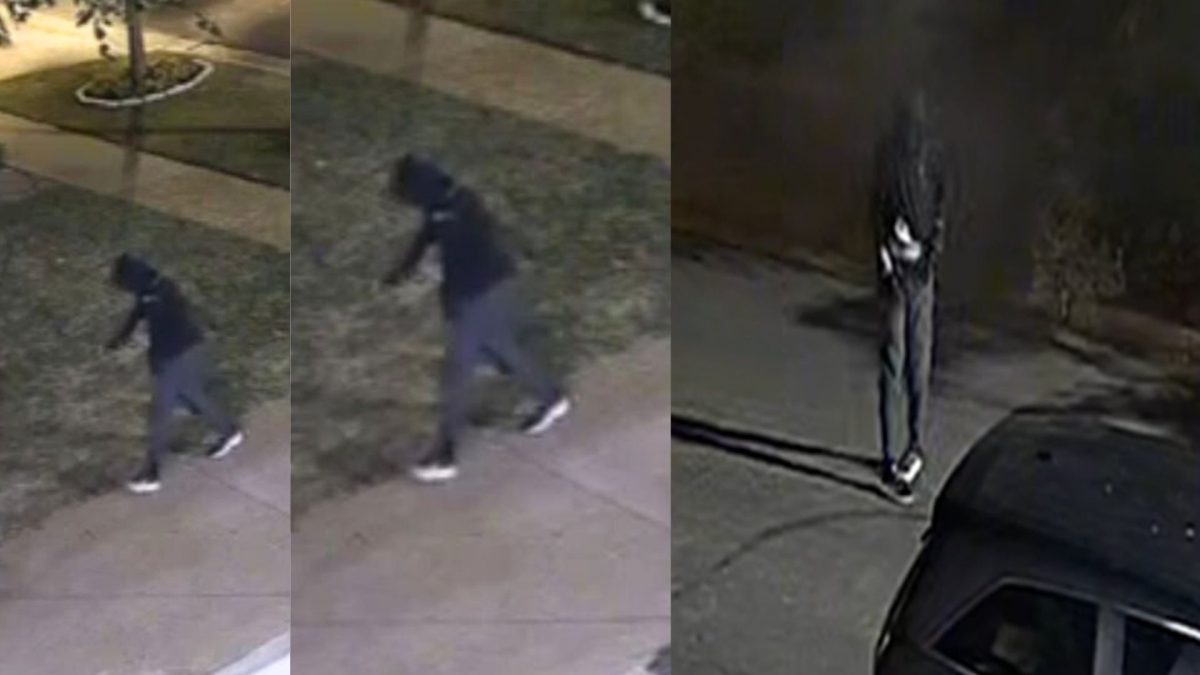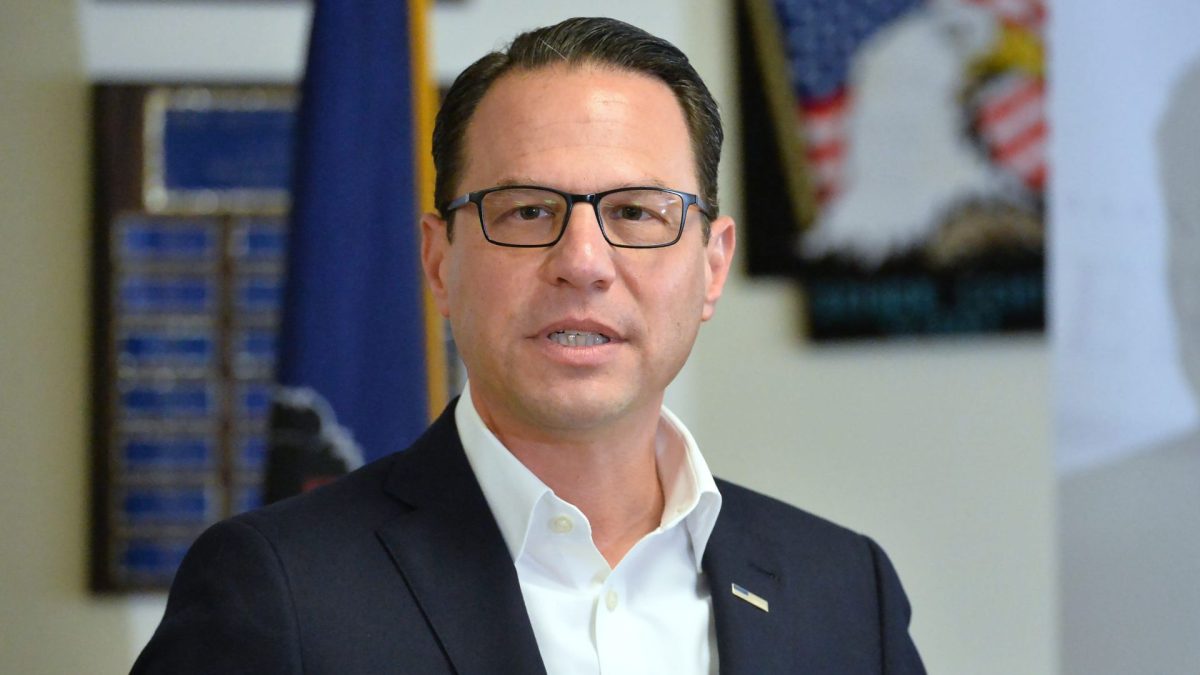(J. The Jewish News of Northern California via JTA) — The Jan. 15 hostage situation at Congregation Beth Israel in Colleyville, Texas, has inspired many fears: that there will be more violence directed at synagogues, that this attack will fuel Islamophobia, that increased policing at shuls will harm Jews of color.
I think there is yet another danger, less immediate but nonetheless worth discussing.
As Jewish communities talk more about security, safety concerns may encourage the continued migration of services to Zoom and discourage the resumption of in-person collective gatherings.
ADVERTISEMENT
When the pandemic started, liberal and Modern Orthodox synagogues overwhelmingly canceled in-person services. Such shutdowns saved lives. Many communities began experimenting with online programming. For Purim 2020, I went straight from reading the megillah in-person at an office to reading from it for an online broadcast, when my Chicago congregation canceled its large, in-person reading.
Online services present problems for the traditionally observant, like me: Can one convene a prayer quorum, or minyan, over the internet? Which technologies are permissible or not on Shabbat?
Then again, Zoom services fill important spiritual and social needs for people stuck alone at home. And they even have advantages over in-person gatherings, as remote services are accessible to homebound seniors and people with disabilities who couldn’t attend even before the pandemic. They allow synagogues to reach sympathetic audiences in far-off places. Eventually, communities could save on expensive, large physical buildings. Little by little, a stopgap measure begins to seem appealing as a long-term choice.
Concerns about security will only increase this appeal. Providing security is costly and logistically complicated, requiring additional staffing and training. Moreover, fears about hostile attackers encourage us, as COVID-19 does, to imagine public in-person gatherings as dangerous, fraught occasions.
ADVERTISEMENT
Given the horrible attacks on synagogues in the last five years, what regular synagogue-goer has never felt nervous about security?
Moreover, we worry about a security threat for some of the same reasons we worry about a virus. In-person synagogue services are public; we let everyone in, which means we give up control over whom we encounter.
Reading through an Anti-Defamation League guide called “Protecting Your Jewish Institution,” I am struck by how the word “public” is used to signal danger: Avoid providing directions to your institution online because they will be “public.” Do not “publicize” details of a trip too widely. Be wary of the “security concerns created by “going public.’”
The more the “event is open to the public,” the higher the risk. Security protocols, like health protocols, involve managing, controlling, and inherently limiting the public. Of course, such management is far easier over Zoom.
But that ease comes at a cost.
One reason I attend religious services in the first place is that they are public. Much of our social life is not: Domestic spaces are usually restricted to the intimate circles of friends and family; workplaces are ruled by private employers; leisure spaces frequently require purchases to enter.
A religious teacher of mine once said that we pray communally to learn to tolerate how obnoxiously other people pray — a suggestion I then found confusing, but which now seems wise. Part of the point of a synagogue is that you do not have control, that you are exposed to others, that you are forced to sit next to those you might otherwise eschew, with whom you would never have thought to share an intimate, spiritual experience.
I treasure in-person prayer for other reasons: Participatory singing does not work online, for instance, and Zoom services tend to divide communities into “performers” and spectators.
But even if that were solved, what is lost online is precisely what makes synagogues inflexible, difficult to manage, sometimes sensorily unpleasant or even menacing.
I remember how, when I spent a summer abroad in a small European community, two men who had a long-running personal and financial feud would both wince and smile when they saw each other at Shabbat afternoon services — because each knew he needed the other to make a minyan.
That uncomfortable dependence is a benefit of the rigid inflexibility of place-based Jewish prayer.
A community is defined by association with people who will never be your friends. Many trends in contemporary life reduce such unpleasant experiences: You enjoy the food you like at your dining table, without having to deal with the other diners; you exercise not in a gym, let alone a public park, but at home with an app; you share virtual space with people chosen for you individually by an algorithm.
We lead increasingly atomized lives, buying in private rather than being in public.
Private spaces are also inherently unequal. Not everyone has a computer, a quiet room and a reliable internet connection to access online services. For all their inclusiveness, online services will likely marginalize unhoused people; they will be most comfortable for those with large, spacious houses and up-to-date technology. A synagogue is supposed to be a space in which one matters just for being a person — regardless of their means, everyone eats the same at kiddush.
Reports that the Colleyville hostage-taker impersonated an unhoused person looking for a shelter are frightening, but we should be proud that our synagogues offer a calm space for people without any other. Houses of worship are vulnerable by design, and when that space is closed off, whether through security or by going online, something is lost.
Obviously, these concerns are secondary when lives are at stake. (And as we return to praying in-person, communities must learn to be more accessible to disabled people.) Nonetheless, the possibility of an active shooter or the dangers of a virus can also easily become alibis for a convenient erosion of public, physical gathering. That does seem to me something worth worrying about.
—
The post I hope we won’t let the Texas synagogue hostage crisis erode in-person prayer even more appeared first on Jewish Telegraphic Agency.






















